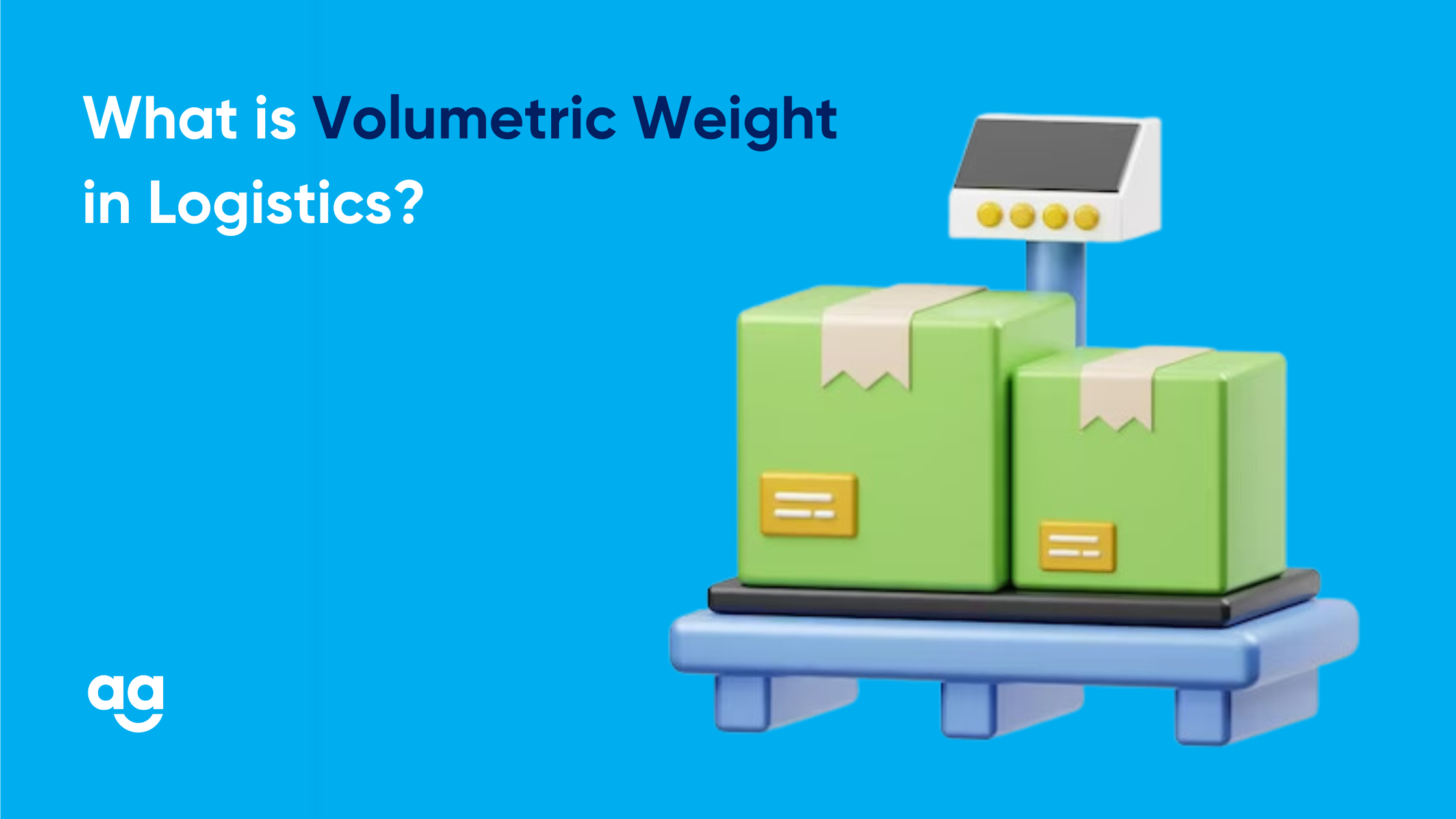How to Calculate Volumetric weight?
Currently, there is no particularly advanced software for volumetric weight calculation . It is done with a simple math formula. In this blog we’ll understand how to calculate weight to volume conversion
The Volumetric Weight Formula is as Follows :
Volumetric weight = (Length*width*height) / 5000
Length, width, and height must all be in centimeters. Not all carriers use the divisor of 5000. Some may have a system of dividing by 4000 instead. It is always advisable to check with your carrier beforehand.
For instance, you are shipping a box of 500 feathers from Kolkata to Mumbai. The actual weight of the shipment is 5 kgs. Since it is Bulk Shipping and the quantity is in Bulk , you need a package with a huge volume to fit the feathers. Upon calculating the volumetric weight (100cm * 50cm * 50cm/5000), it may turn out to be 50 kgs and you will be charged accordingly. On the other hand, you may be shipping a small box with heavy metals weighing 15 kgs but it may fit in a small package (40cm * 20cm * 20cm). The volumetric weight for this shipment could be around 3.2 kgs and you will be charged accordingly.
This is how the Volumetric Weight Formula is used and applied.
Why do Carriers Prefer Volumetric Weight?
Ideally, weight calculated on dimension is preferred over mass-based weight. It is because it allows carriers to charge fairly for shipments that utilize more space than what they weigh. In turn, it helps courier partners stick to their budgets and keep their promises of great accuracy and speed, both sought in the shipping industry.
Carriers can prepare the mandate accurately on how to stack and carry the and carry it. Calculations are made to ensure that there is no loss throughout the route.
It also provides helpful information such as
- product density,
- optimal packaging utilization,
- actual weight,
- billable weight,
- package dimensions etc.
These factors are very valuable as they are used to reduce the possibility of future judgment errors.
Let us consider an example. You are shipping a 1.5 kg laptop from Delhi to Bangalore. To keep your shipment safe, you add layers of packaging – thermocol, box, bubble wrap. To top it all, you put the shipment in a corrugated box for added safety. The final volume of the shipment may turn out to be 30cm * 20cm * 20cm, thus, making its volumetric weight 2.4kgs. Although the weight of the shipment is 1.5 kgs, you will be charged for 2.4 kgs – the space the shipment takes up in transport.
Working with logistics aggregators like Shipyaari, helps you reduce weight discrepancies on your ecommerce courier and save time as we follow a standardized volumetric weight system. Besides, you will know beforehand how to pack your products in the most effective and economical manner.
Tips to Maintain Volumetric Weight
By optimizing shipping volume, you can save money. There are three options for ensuring volumetric weight consistency:
- Optimal packaging – Maintaining volumetric weight requires using the smallest package for each item. You will also need a reliable solution to automate the process and place orders in the correct box.
- Organized categorization – Combining many orders or goods into one shipment of uniform weight and dimensions benefits in shipping. Combining items of various densities reduces volumetric weight rating losses.
- Follow shipping standards – To ensure safe delivery, follow carrier standards while packing items. Fragile things are harder to transport. So, pack delicate items carefully.
Wrapping Up
Make shipping effective with volumetric weight by using boxes of accurate size and packaging optimally. Besides, for the carrier, volumetric weight helps transport the complete lot in one package. The carrier can then easily move loads of such items. Pairing low-density with high-density goods also reduces losses. Logistics solutions providers help you find the most cost-effective methods.
Here’s a Shipping Calculator to find out the value of your Shipments.
FAQs
Q. What is the meaning of volumetric weight?
A. Volumetric weight of a shipment is calculated by the volume of the given shipment and not the actual dead weight. The volumetric calculation helps determine the cost of shipping on the basis of the space the shipment occupies.
Q. How to calculate volumetric weight in logistics?
A. The volumetric weight formula used to calculate it is (length x width x height in cm of the shipment) / 5000. Some carriers may use the divisor of 4000 instead of 5000. It is always advisable to check with your carrier beforehand.
Q. Why do couriers use volumetric weight?
A. Couriers use volume weight calculation since they prefer dimension-based weight over mass-based weight. Doing so allows carriers to fairly charge for each shipment based on the space they utilize rather than what they weigh. In the process, it helps carriers stick to their cost estimates and their promises of speed and accuracy.
Q. What is the difference between weight and volumetric weight?
A. The weight of a shipment is the actual weight of the product based on its mass. On the other hand, the volumetric weight of a shipment is calculated based on the dimensions of the shipment. As opposed to the mass-weight, volumetric weight enables carriers to charge fairly for the space utilized by each shipment.







 Shipping
Shipping







